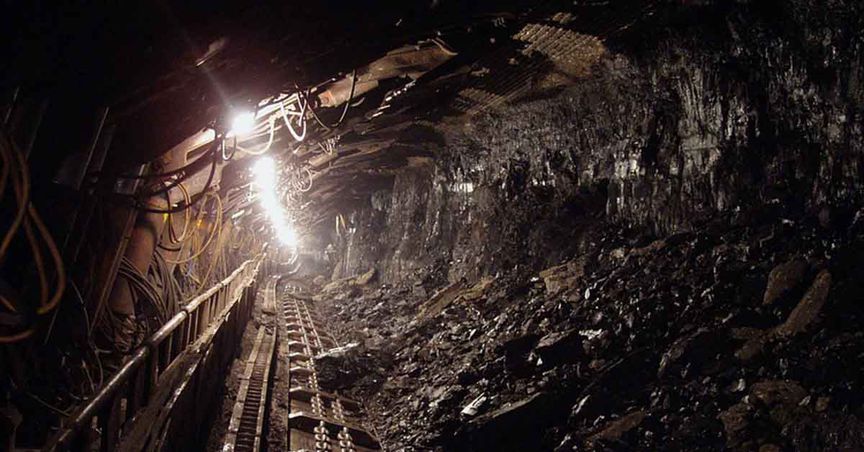Vanadium is one of the critical minerals in Australia with total economic demonstrated resources of 3,965 kt, out of which the country is contributing nil to the global production of 80 kt worth US$1,709.5 million, according to the Department of Industry, Innovation and Science.
The importance of the commodity is palpable with its consideration in Australia’s critical deposits – critical minerals are those deposits whose use have increased in various emerging technologies across a variety of sectors such as electric vehicles and are essential minerals for the financial and industrial development of major and developing economies.
Vanadium Market
The vanadium market is generally linked to the steel industry, and the demand for steel coming from developing countries has led to an increase in vanadium consumption. A 50% surge in the price of vanadium pentoxide was witnessed from US$3.38 per pound in 2016 to US$5.05 per pound in September 2017. In 2019, as per USGS, the vanadium pentoxide (V2O5) prices in China had ranged from US$10.000 to US$10.500 per pound from June to September 2019.

The price volatility is evident from its dependency on the steel sector as well as on new prospect for energy storage capabilities in Vanadium Redox Flow Batteries (VRFBs). In a VRFB, vanadium is used as an electrolytic fluid. The tune of the requirement of vanadium can be estimated with its requirement in vanadium energy storage technologies, i.e. 1GWh of storage capacity requires nearly 10 kilotonnes of high purity vanadium pentoxide (V2O5).
Globally, the growth in renewable energy and electric vehicles due to shift towards a low-carbon economy has created the need for rechargeable batteries. At present, the lithium-ion batteries may not be efficient as well as viable for meeting the Paris pledges, owing to the coming supply shortage of cobalt and lithium. Therefore, VRFBs pose higher economic value due to immense recycling capabilities.
The long-lasting characteristic creates a more preferred option for electricity grid stability as well as for distributed power generations. Also, it is worth mentioning that a study is being evaluated for vanadium aqueous lithium-ion battery (VALB), i.e. a LiVOPO4 cathode and a VO2 anode to improve the energy density and cycling stability for energy storage applications.
Consequently, the presence of vanadium deposit grabs the eyes of the investors due to its significant importance in the market across various sectors, especially green-energy applications. It is not amiss that vanadium is referred to as Valyrian Steel - a fictitious metal in “Games of Thrones” describing its strength and lightweight and making the vanadium owner admirable.
In the milieu of which, it is pertinent to mention that Great Western Exploration Limited (ASX: GTE) owns 100% of Yerrida South Project, a high-grade vanadium district with ~ 1.6% V2O5.

To know more about other GTE projects, please read: Assessing Great Western Exploration’s Projects vis-à-vis Market Opportunities
Yerrida South Project – House of Vanadium and Copper Deposit
Yerrida South Project encompasses 5,400km2 area of the Proterozoic Yerrida Basin located near Wiluna, Western Australia. Out of which, ~1,800km2 has been identified as a vanadium district with numerous vanadium gossans, returning rock chip samples grade of ~1.6% V2O5. Apart from gossans, GTE has also reported sizable areas of laterite returning surface sampling results of 0.3% to 1.0% V2O5.
The company deems the project to be highly prospective for vanadium along with numerous deposit types ranging from laterite hosted, shale hosted, dolerite hosted and vanadium hematite. The presence of vanadium sulphide mineralisation unveils the requirement of less capital and operating costs for the project in comparison to the present supply of vanadium that is mafic hosted deposits type.
In addition to vanadium, the identified potential for sedimentary hosted copper target has emerged as the cherry on the cake, which may further lower the cash cost of the vanadium mine, thereby making it competitive in the market.
The Yerrida basin is expected to be highly prospective for vanadium and copper accompanied by lead and zinc with several possible deposit styles as discussed above, placing GTE in a compelling stance to take benefit of the global renewable energy initiative as well as electric vehicles.
The company’s present focus continues on evaluating high-grade vanadium mineralisation of Yerrida South project and assessment of VMS and drilling campaign at Yandal West Gold Project.
Interesting Read: Gold Dynamics; Great Western Exploration with High-Grade Yandal West Gold Project
To know more about Yandal West Gold Project - A high gold grade mineralisation prospect may pose immense opportunity to generate revenues to fund other projects of GTE toward exploration and feasibility study, please Click Here.
Stock Price Information – The stock of Great Western Exploration closed the day’s trading flat at $ 0.003 on 28 January 2020 with a market cap of $ 3.76 million.
Disclaimer
This website is a service of Kalkine Media Pty. Ltd. A.C.N. 629 651 672. The website has been prepared for informational purposes only and is not intended to be used as a complete source of information on any particular company. The above article is sponsored but NOT a solicitation or recommendation to buy, sell or hold the stock of the company (or companies) under discussion. We are neither licensed nor qualified to provide investment advice through this platform.



